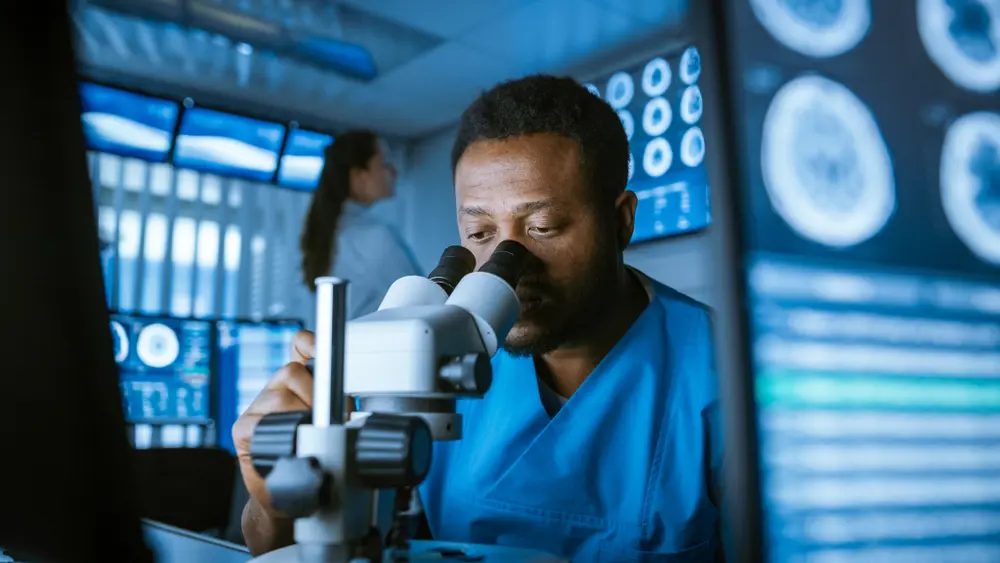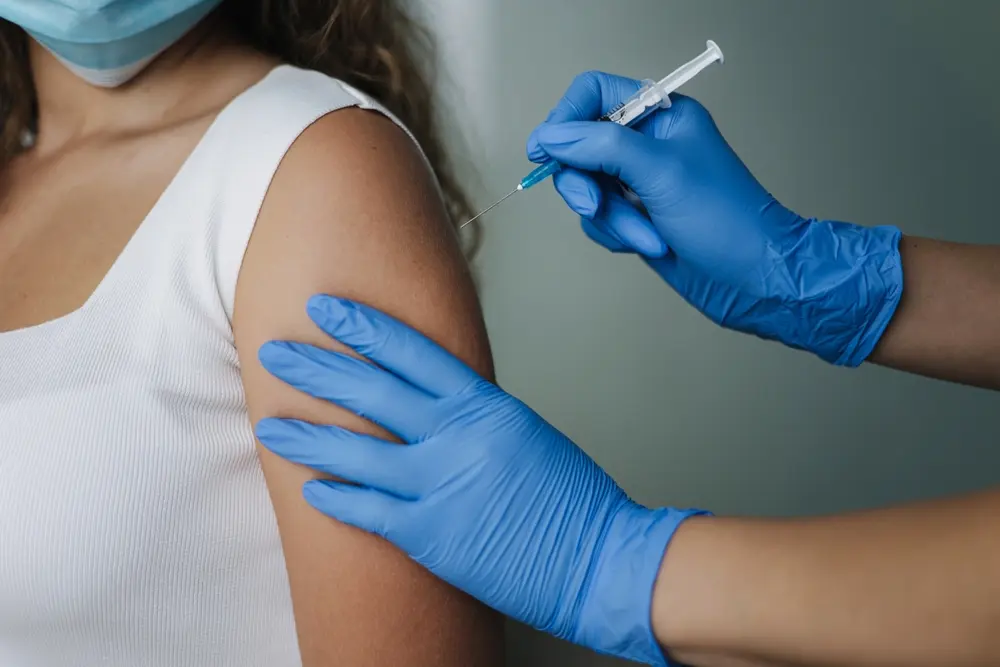
Vaccines protect us from infectious diseases that could otherwise cause illness or even death. They work by training our immune system to recognize and fight off harmful viruses and bacteria before they take hold and cause disease. Vaccines have eradicated or significantly reduced many deadly diseases, like smallpox, polio, RSV flu, and COVID-19, saving millions of lives. But how do vaccines go from concept to being a critical part of our healthcare system?
Introducing a new vaccine to the market involves extensive planning and a series of rigorous steps. The vaccine development process includes many stages, with clinical trials playing a crucial role. These trials are conducted to evaluate the novel vaccine's effectiveness and safety using a specific group of human participants. Let's explore the journey of vaccine clinical trials.
Since the outbreak of the COVID-19 pandemic, we’ve seen an unmatched level of funding for vaccine research and development (R&D). The US Department of Health And Human Services, for instance, awarded more than $1.4b for Project NextGen to support the development of a new generation of technologies and tools to protect against COVID-19. But R&D is only the first of many steps:
The journey of a vaccine begins with research and discovery, where scientists identify potential antigens that can trigger an immune response, like the spike protein in the SARS-CoV-2 virus for COVID-19 vaccines. This phase involves extensive laboratory work, experimenting with different formulations to stimulate the immune system safely and effectively.
Researchers collaborate across various fields, conducting numerous experiments to understand immune interactions with these antigens. This foundational stage often takes about 10 to 15 years and aims to develop a formulation that trains the immune system to recognize and combat the disease-causing pathogen.

The vaccine then undergoes preclinical research to prove its concept. This involves using small animal models, such as mice, to study how the vaccine interacts with the immune system. The proof of concept stage helps researchers understand how the vaccine works and identify any potential side effects.
They may also adjust the vaccine formulation to enhance its effectiveness. If the results from these animal studies are promising, demonstrating a strong and safe immune response, the vaccine candidate moves to the next step: clinical trials in humans.
Once a vaccine candidate shows promise in preclinical research, it enters the clinical trial phase, which involves several stages of testing in humans to ensure safety and efficacy.
In Phase 1, the vaccine is administered to a small group of 20-100 healthy volunteers. This phase focuses on assessing the vaccine’s safety and determining the appropriate dosage. Researchers monitor participants closely for any side effects and evaluate how well the vaccine induces an immune response.

If Phase 1 results are positive, the vaccine progresses to Phase 2, involving several hundred (usually 100 to 300) participants. This phase expands the safety assessments and begins to evaluate the vaccine's efficacy in a broader population. Participants are often chosen to represent the demographics of the intended recipients, including different ages, health statuses, and backgrounds. The phase offers additional safety information on common side effects or risks and how well the vaccine triggers an immune response.
Phase 3 trials involve thousands (1,000 to 3,000) of participants and aim to confirm the vaccine's effectiveness and monitor for rare side effects. This phase provides a comprehensive assessment of the vaccine's ability to prevent the disease in a real-world setting. The data collected during this phase are critical for the FDA's approval process, ensuring the vaccine meets rigorous standards for public health use.
After the Food and Drug Administration approves a vaccine, it may enter Phase 4, which involves ongoing studies to monitor long-term safety and efficacy in larger populations. This phase ensures continuous assessment of the vaccine's performance and helps identify any rare or long-term side effects. The Centers for Disease Control and Prevention and other public health organizations play a vital role in this ongoing surveillance, ensuring vaccines remain safe and effective for widespread use.
Simultaneously with Phase 3 trials, the vaccine's manufacturing process undergoes rigorous scrutiny. The FDA inspects manufacturing facilities to ensure they meet strict quality standards. Each batch of vaccines, known as "lots," undergoes extensive testing to verify consistency and potency. This meticulous process ensures that every vaccine dose produced is safe and effective.
Before a vaccine can be approved for public use, the manufacturer submits a Biological License Application (BLA) to the FDA. This application includes comprehensive data from preclinical and clinical trials, details of the manufacturing process, and facility inspections. The FDA reviews this data meticulously to determine if the vaccine meets safety and efficacy standards. Approval signifies that the vaccine has undergone rigorous testing and is deemed safe for widespread use.
Once approved by the FDA, independent advisory committees, like the Advisory Committee on Immunization Practices (ACIP), review the vaccine's data. They provide recommendations on how, where, and when the vaccine should be administered. Their guidance ensures that vaccines are used effectively to protect public health and address specific population needs.
Even after a vaccine is approved and distributed, monitoring continues. Systems like the Vaccine Adverse Event Reporting System (VAERS) track potential side effects reported by healthcare providers and patients. Ongoing surveillance ensures swift identification and response to any safety concerns that may arise post-vaccine approval. This continual monitoring is crucial for maintaining public confidence in vaccine safety and effectiveness.

Vaccines come in two main types: live attenuated vaccines and inactivated vaccines. Both types help protect against serious diseases and keep us healthy.
Live attenuated vaccines use weakened forms of the actual virus or bacteria. These are strong enough to train the immune system but not cause serious illness in healthy people.
Live attenuated vaccines that are available and routinely recommended in the United States are MMR, rotavirus, varicella, and influenza (intranasal). It may also be used as a typhoid vaccine, adenovirus vaccine, and BCG.
Inactivated vaccines use viruses or bacteria that have been killed. They can’t cause disease but still trigger an immune response. These often need multiple doses and include subunit vaccines (like pneumococcal and influenza vaccines), whole cell inactivated vaccines (like polio, hepatitis A, and rabies), recombinant DNA vaccines (like HPV and hepatitis B), and influenza.
Science 37 is at the forefront of vaccine clinical trials, offering remote participation options that allow you to take part from the comfort of your home. The organization connects researchers, healthcare providers, and participants, making the trial process more efficient and inclusive. By enabling remote involvement, Science 37 accelerates the development of new vaccines, ensuring they are safe and effective for diverse populations. Participants may also be compensated for their time, adding an extra incentive to contribute to this crucial research.


